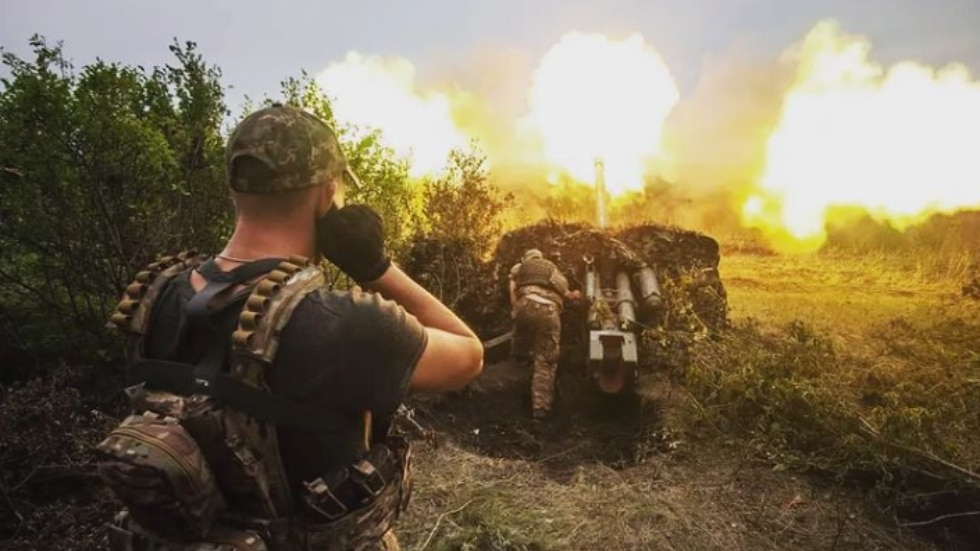The US military has offered to provide medical care to injured Ukrainian soldiers at an American-run hospital in Germany, according to a Pentagon memo, extending another form of assistance to Kiev as its war with Russia enters its sixth month.
In late June, Defense Secretary Lloyd Austin authorized treatment for Ukrainian troops at the Landstuhl Regional Medical Center in Germany, the largest American military hospital outside the US, according to a Joint Staff memo obtained by the Military Times on Monday. The document notes that US personnel are permitted to treat up to 18 Ukrainian service members at one time.
While the logistics for the arrangement remain unclear, as the hospital is located more than 1,000 miles west of the Ukrainian capital, former senior Pentagon official Jim Townsend suggested soldiers could reach Germany via the same trains bringing weapons and other military gear into Poland, the main staging ground for foreign arms transfers to Kiev.
“A train fitted out as a hospital would bring patients over that wouldn’t necessarily need something immediately, but might need plastic surgery to their face, or [have] missing limbs, or [need] some type of intricate surgery to remove shrapnel,” Townsend told the Military Times.

A long trip for treatment.
Landstuhl was long a major hub for American troops wounded in the War on Terror, serving more than 200,000 soldiers and family members stationed overseas, as well as troops from dozens of allied countries.
However, according to US European Command spokesman Russ Wolfkiel, the medical center has so far “not provided any medical treatment to Ukrainian armed forces,” but “remains postured and ready to support US armed forces, NATO member countries and others as directed.”
Though the military does not typically offer treatment for combatants in conflicts in which the United States is not directly involved, it occasionally makes exceptions. Moreover, Washington’s participation in the Russo-Ukrainian war has consistently ramped up since Moscow invaded its neighbor in February. A wide range of US military and economic assistance has been provided in that time, including tens of billions of dollars in direct arms transfers and millions in medical support.
Combatant casualty estimates have varied significantly throughout the war in Ukraine, with both sides alleging heavy enemy losses while downplaying their own. Moscow and Kiev have remained somewhat tight-lipped about specific numbers, but Ukraine’s president estimated last month that it was losing up to 200 soldiers per day.
David Arakhamia, who leads Kiev’s negotiations with Moscow, later offered a far more bleak assessment, stating that up to 1,000 Ukrainian troops were being killed or wounded daily amid fierce fighting in the Donbass region.
In Russia’s most recent casualty update in late March, it claimed to have lost just 1,351 soldiers, significantly fewer than estimates offered by Kiev (40,000), Washington (15,000) and various media organizations such as the BBC, which claimed to verify 4,010 Russians killed earlier this month.
The United Nations estimated this week that some 5,237 civilians have been killed in the fighting – including more than 300 children – and another 7,035 injured. The vast majority of the casualties have occurred in Ukrainian government-controlled territory, though 241 civilians were killed and 940 wounded in the Russian-backed breakaway regions of Donetsk and Lugansk.
The UN data indicates that civilian casualties have steadily declined each month since the war kicked off, from more than 3,100 in March to fewer than 300 in the first three weeks of July. It’s unclear whether those figures suggest the conflict is winding down, however, with continued reports of heavy rocket and artillery bombardment across Eastern Ukraine.






